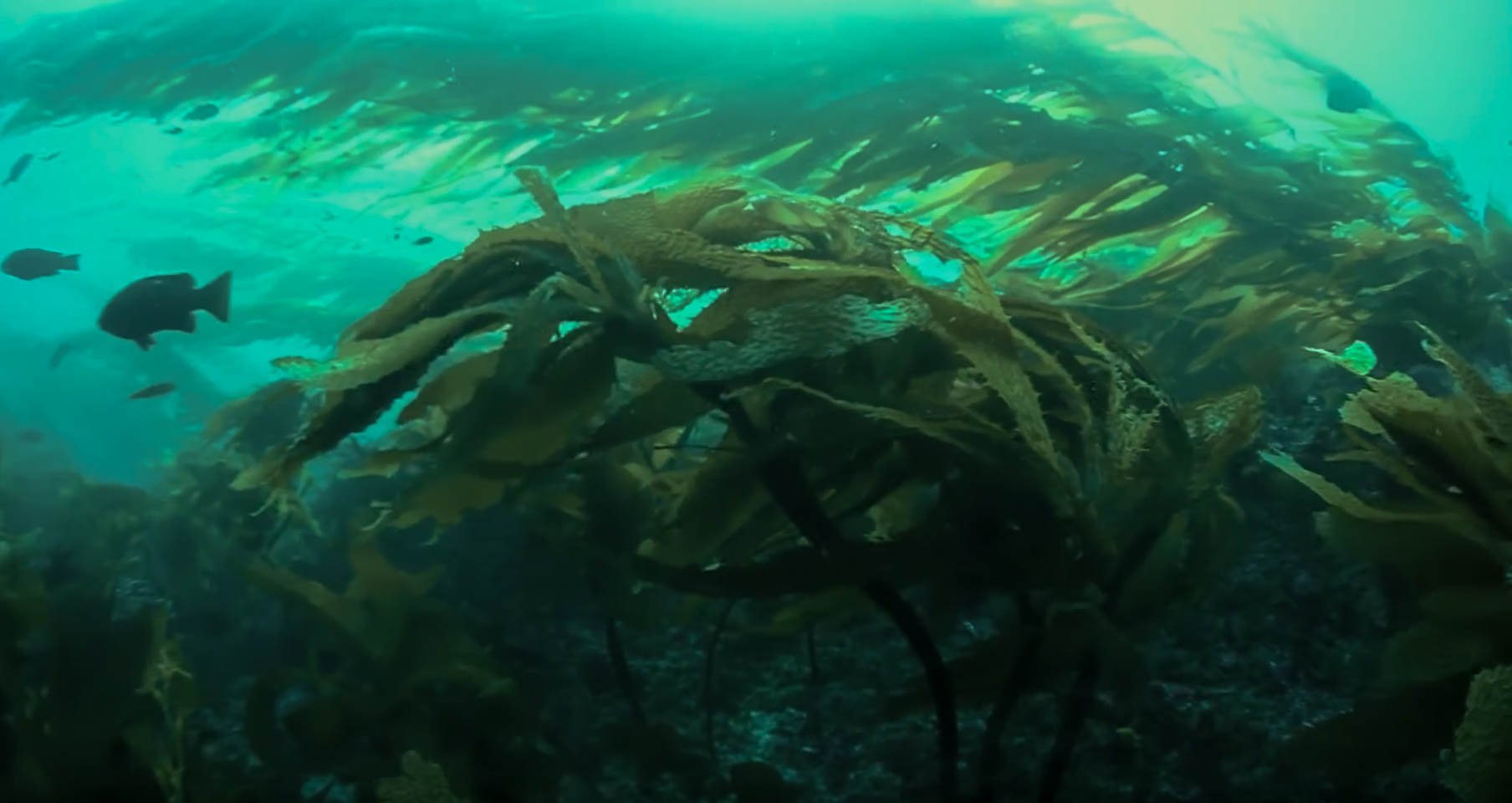
Marine Technology
3D Scanning and Printing
From creating 3D digital models to replicating actual bones from our specimen collection, Noyo Center is utilizing 3D scanning and printing technologies in support of its marine mammal articulation and education programs. During the Orca Articulation Project for example, the required creation of 44 Orca teeth from the original specimens was accomplished by our interns utilizing a 3D scanner and printer as opposed to casting the teeth, as is the traditional method. These highly accurate and realistic replicated teeth are now part of the articulated Orca display. This is just one example of how we continue to apply this new and exciting technology in novel ways.
Underwater Robotics and Instrumentation
Extending our reach and senses into the underwater realm is a goal for our education and research programs alike. NEMO or Noyo Education Marine Observatory, developed partly in collaboration with the Fort Bragg High School robotics club gave us eyes and ears under the water as well as measuring water quality data. Our current underwater remotely operated vehicle "bluerov2" expands our capabilities with multi-axis maneuverability and stabilization, High-Def cameras, lighting, a 100m (about 328.08 ft) depth and beyond depth rating.
Also, Noyo Center, with Aqualink/Sofar Ocean, will deploy a Spotter oceanographic buoy in our local waters. This will provide real-time monitoring of ocean health data in select areas, helping Noyo Center and its partners better understand and plan restoration efforts.
Virtual Reality and Underwater 360° Video
We are bringing the ocean to people in a realistic and immersive way utilizing the tools of virtual reality (VR) and panoramic video. This is a new, compelling approach to creating genuine interest in marine conservation – an approach that bridges the gap between imagination and discovery.
Our first steps began with a low-cost panoramic video recording platform used in conjunction with VR goggles. Since then, Noyo Center has developed, in house, the Ocean Immersion Dome which allows participants to direct their own journey through the world's ocean via an interactive touchless kiosk. It also features original video from local ocean waters and rich, high quality 3rd party content. Plans include developing the capability to live-stream distant and local underwater scenes using fixed cameras and remote-controlled vehicles.
Employing some of the latest developments in technology available, we are committed to bringing marine science education and research to life, making the oceans more accessible to all. Leveraging technologies in Virtual Reality, Robotics and 3D scanning, among others, we are better able to communicate the beauty and importance of our unique marine environment to the public, young and old alike. Applied wisely, this technology can be a bridge to our natural world rather than an obstacle, that is our goal.





